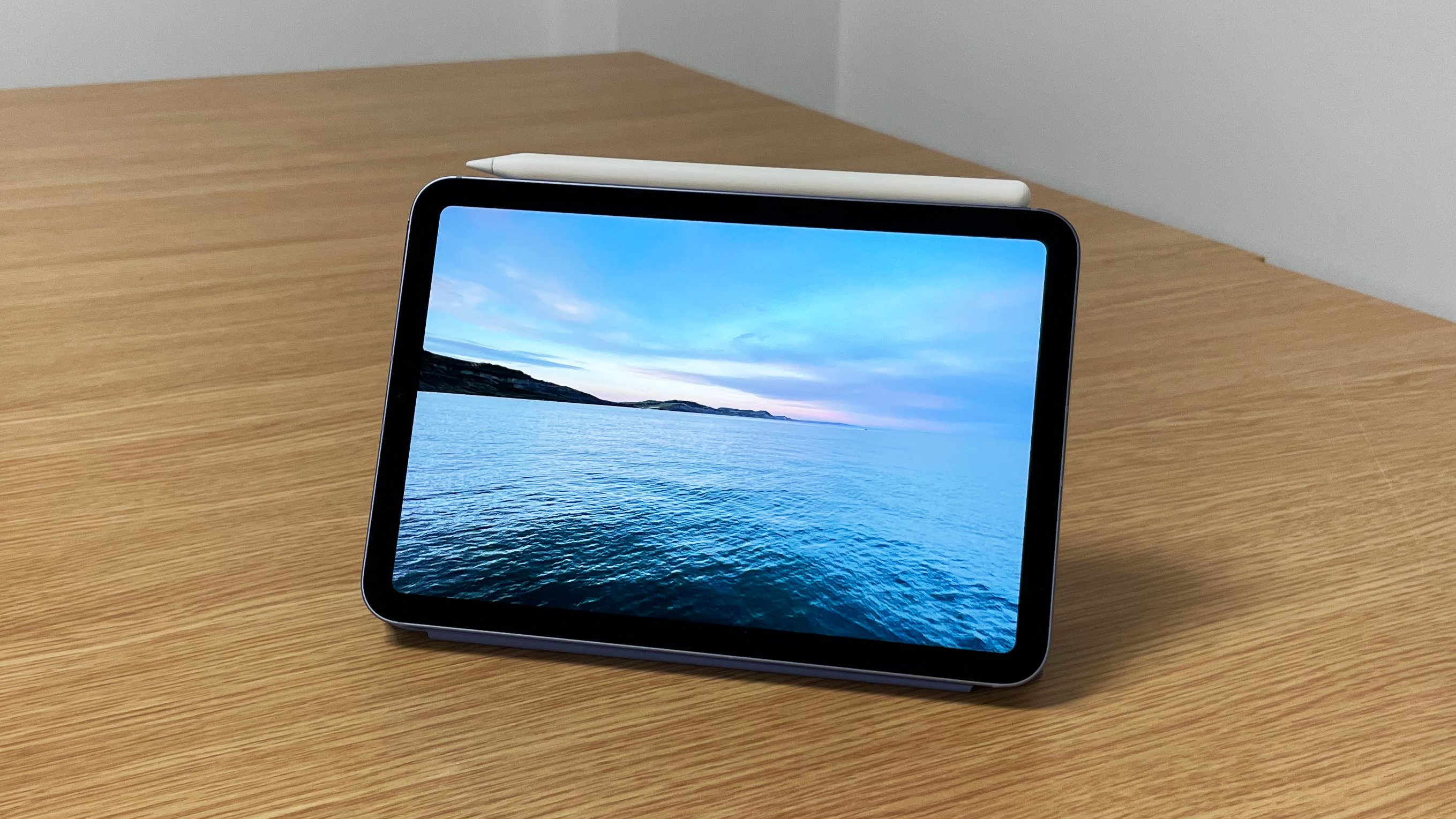Our Verdict
The iPad mini (6th Gen) is a fantastic creative companion. It's powerful enough to handle pretty advanced creative work, yet fits in a coat pocket. Upgrades including a bigger screen and Apple Pencil 2 support only cement its place as a portable powerhouse. Of course, the screen will simply be too small for some people, but as a way to make sure you never miss out on the ability to create, wherever you are, it's unparalleled.
For
- Bigger screen, still sharp
- Apple Pencil 2 support
- Powerful & flexible
Against
- No ProMotion screen
- No 3.5mm jack
Why you can trust Creative Bloq
Size: 195.4x134.8x6.3mm
Weight: 293g (Wi-Fi only); 297g (Wi-Fi+cellular)
Processor: Apple A15, 4GB RAM
Resolution: 2266x1488
Screen: 8.3-inch IPS LCD
Storage: 64GB/256GB
Battery: 19.3-watt-hour
The iPad mini (6th Gen) finally delivers the reinvention of the smallest iPad that we've been hoping for ever since the new-look iPad Pro first appeared in 2018.
Recent versions of the iPad mini have offered Apple Pencil support and boasted high-end processors from Apple's range, making them powerful portable creative tools – but the lack of USB-C port or support for Apple Pencil v2 were a frustration.
Now we have both, and Apple has thrown a larger screen size into a body that's marginally smaller as a bonus, and it really feels like the iPad mini is now reaching its full potential as a pocket powerhouse, especially when you include the option for 5G connectivity.
It weighs barely anything, so it's a computer that you can throw in your bag wherever you're going without feeling weighed down – but whenever inspiration strikes for your drawing (or music-making, or photography, or podcasting, or illustration, or whatever), it's immediately to hand.
The screen is still a lot smaller in terms of total area than the other options in the iPad generations list, so it might never be right for some creatives for that reason, but if you'd prefer to have something ultra-light you can take with you as well as a laptop, it's fantastic.
There are some features it doesn't have that might frustrate, and it's had a price increase to accommodate its new design and upgrades, but we think the overall package is going to be hard to resist.
iPad mini (6th Gen) review: price
This iPad mini costs £479/$499/AU$749 for 64GB version, or you can upgrade to the version with 256GB for £619/$649/AU$979. That's for the Wi-Fi versions – if you want to add 5G too, add an extra £150/$150/$AU$230 to whichever version you're choosing.
UPDATE: Since writing our iPad mini 6 review, Apple has increased the price of the tablet in the UK. When releasing the iPad 2022 in October 2022, Apple increased the price of the iPad mini in the UK by £90 to £569 for the 64GB version and £749 for the 256GB version. However, at the time of writing, some third-party retailers were still selling the device for the original price (now advertising it as a saving). See the best current prices in your area at the bottom of our review.
iPad mini (6th Gen) review: display
The new screen in the iPad mini 6 has a resolution of 2266x1488, which is 326 pixels per inch – perfectly sharp for viewing at all distances. Phones go higher-res than this these days, but we really don't see a lot of need in a tablet. It's higher than print resolution, after all.
This new 8.3-inch screen isn't a 4:3 aspect ratio like the previous version, but is now closer to 3:2. We think this is a really good decision for a device this small: the extra width makes it better for watching video (smaller letterbox bars), but it still maintains more height than 16:9, which makes it better for viewing photos and documents.
For the most part, the screen quality hasn't changed much. It still offers 500 nits of typical brightness, DCI-P3 colour support, and Apple's True Tone tech for more comfortable reading under artificial light.
Like the previous model, it's fully laminated and has an anti-reflective coating. Between this and the overall brightness visibility is good – the iPad Pro punches through better by offering 600 nits of brightness, but the iPad mini does a strong job overall.
Its only weakness of note is contrast – it's not bad, but it lacks the depth in black tones offered by the mini-LED backlight on the 12.9-inch M1 iPad Pro, or that an OLED panel can deliver.
Otherwise, colour accuracy, vibrancy and evenness across the panel all impressed.
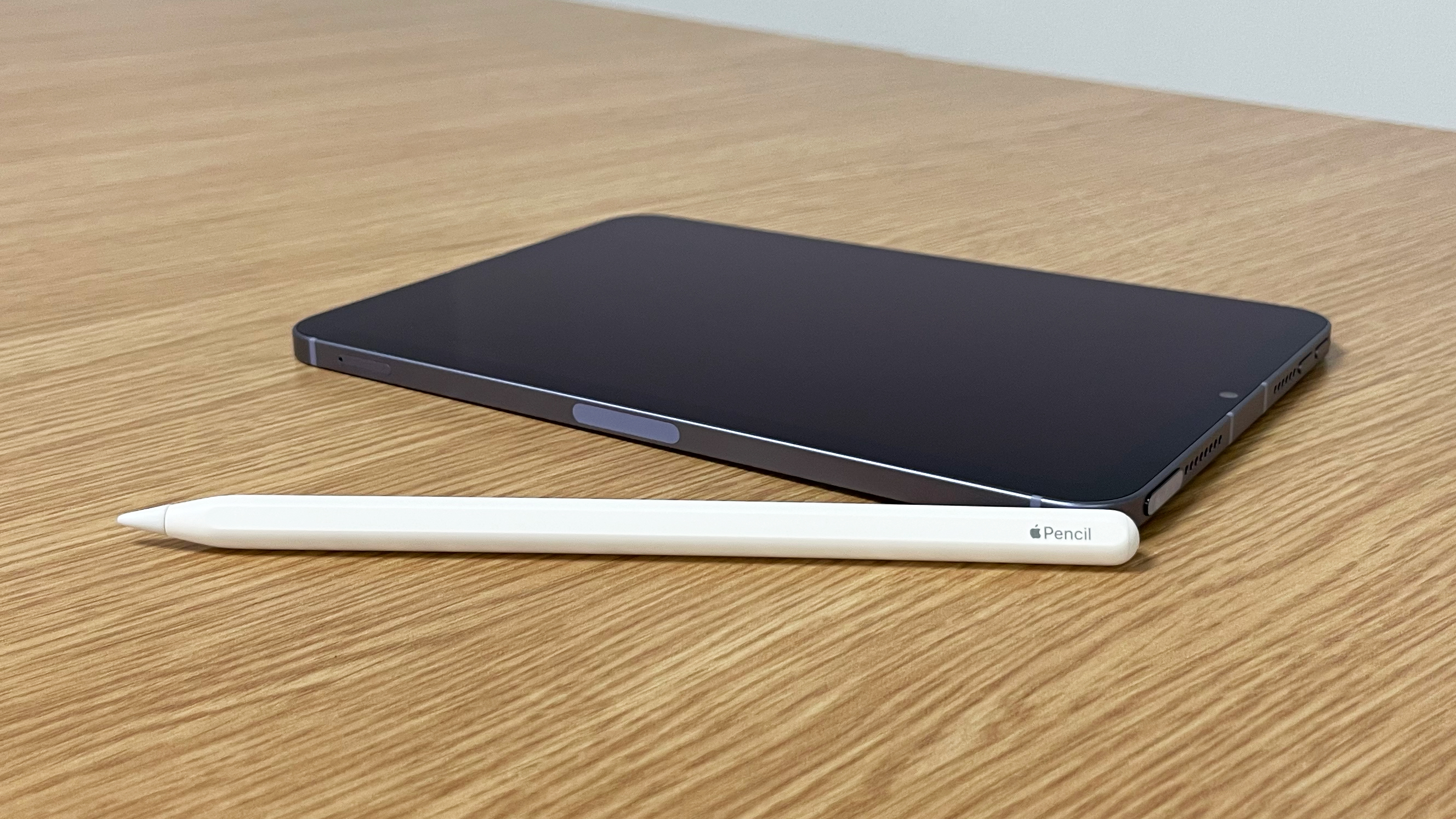
iPad mini (6th Gen) review: Apple Pencil 2
We're so glad to see the Apple Pencil 2 supported here, because it represents a major upgrade over the original version in terms of overall usability. As we talk more about in our Apple Pencil 1 vs Apple Pencil 2 breakdown, the difference isn't in the accuracy or low latency of the drawing, which remains essentially the same on both (Apple rates them for 9ms), but the utility.
The Apple Pencil 2 magnetically attaches to the side of the new iPad mini, and charges itself from the iPad's battery while it's there. This means it's always to hand, and always juiced and ready to go, whether you want to draw, edit photos or make notes.
The Apple Pencil 2 does offer another useful feature, which is that you can double-tap it to trigger a tool. And we also prefer its matte finish to the original's glossy coating.
One thing to note for Apple Pencil users is that the iPad mini's screen retains the 60Hz refresh rate of its predecessor – the 120Hz ProMotion fast-refresh screen of the iPad Pro remains a 'Pro'-only feature.
What this means compared to the iPad Pro is that you see the results of your drawing with just a little delay (fractions of a second) – it's not a problem for writing notes, or for sketching, but may be a frustration for those who want to do something more advanced here.
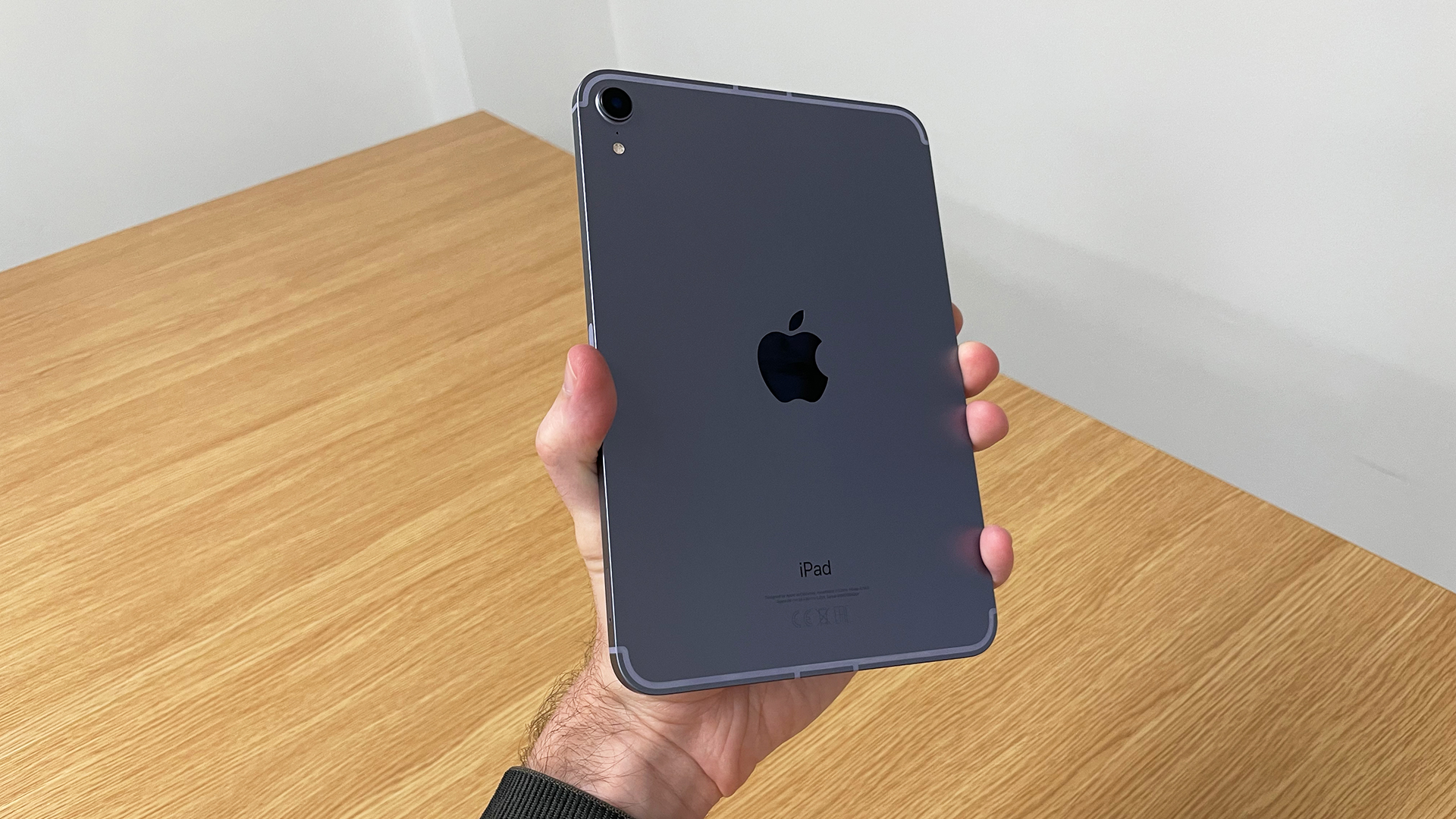
iPad mini (6th Gen) review: power and performance
Apple has included its newest chip here: the A15 Bionic. Interestingly, it appears to be a slightly customised version of it, because it features six processor cores and five GPU cores (matching the version in the iPhone 13 Pro), but appears to run at a slightly slower speed, and includes 4GB of RAM rather than the 6GB of RAM in the iPhone 13 Pro.
However, it remains a phenomenally powerful piece of hardware. Its Geekbench 5 benchmark scores of 1604 for single-core performance and 4620 for multi-core are beaten only by the M1 chip in the iPad Pros. It's the same when it comes to GPU power – no other tablet (or phone) can quite match other than Apple's ridiculous top-end chip. Most laptops don't even produce this much grunt.
The 4GB of RAM is the one area where you might get frustrated, since it may put a cap on things like how many layers you can have in a high-res image you're editing, but there comes a point where one would have to question why you're trying something that complex on an eight-inch screen.
When it comes to doing edits of 4K video, quickly working on imported photos (including raw files), and creating and editing music tracks, we've found the iPad mini to be extremely fast and smooth.
5G performance is a nice bonus this year, and we tested on EE's UK network to get download speeds of 300Mbps and upload speeds of 30Mbps with the iPad mini, which should get your cloud work up and down quickly when you're in a 5G area.
Finally, battery performance looks a little hit and miss. Apple says you should get around 10 hours of light web browsing or watching video offline, and that seems about right based on our usage.
We tried streaming from Netflix for two hours at full brightness, with the volume at 50%, and that ate 40% of the battery life. Running the same test on the iPad 10.2-inch (9th generation) ran it down 30%, so the mini's smaller size and slightly brighter screen than that model will perhaps mean less life overall.
Running intensive creative apps can also rapidly reduce this, especially something like a vector illustration app that will tax the CPU and GPU together – or, of course, when gaming.
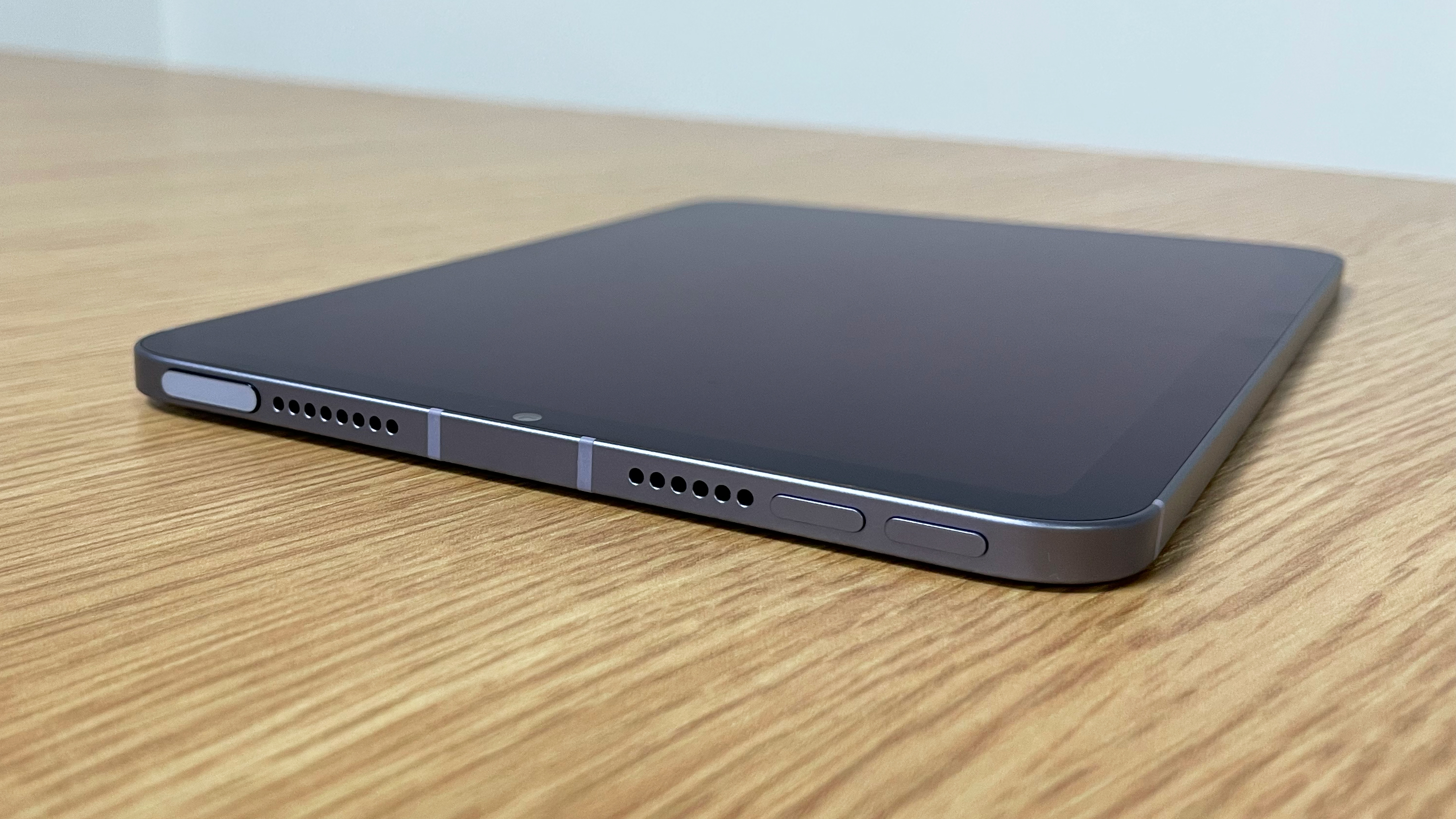
iPad mini (6th Gen): key features
The cameras on the iPad mini have been drastically upgraded in terms of quality. The rear camera is now a 12MP f/1.8 wide-angle affair, with an improved sensor, and vastly superior image processing.
The end results are like night and day – the new camera is much stronger for detail, colours and handling contrast within an image. It's about the same level as a mid-range phone – the iPhone SE would be the closest from Apple's range.
It can also record video at up to 4K 60fps, and includes Apple's incredibly effective image stabilisation, which is a vastly undersold feature of its newer phones – it can remove nasty handshake almost completely from videos.
The front-facing camera is even more interesting, because it includes Apple's 'Centre Stage' feature, which means that if you're on a video call and you move around the room, it can follow you without the iPad needing to move.
That's because it's actually an ultra-wide lens, but it only crops into part of the view, wherever it detects a face. If you then move but are still within its (large, 122°) field of view it just moves its cropped area to follow you. If it notices two people in view, it just widens the area it shows so it can fit you both in. It's very clever, and very useful – the only mild downside is that it limits the video from the front camera to 1080p Full HD, rather than 4K.
The USB-C port is one of our favourite additions to the iPad mini, just because of the possibilities it opens up. In our review time with the iPad mini, we used it with a USB DAC to listen to Apple's Lossless Hi-Res music, and with a USB mic to record a voiceover.
But as mentioned before, it'll also work with external storage for file transfer, with displays, with MIDI instruments, with USB hubs… it really helps to unlock what creative apps can do.
Disappointing, however, there's no 3.5mm jack this time – which its predecessor had. The only iPad in the line-up that still offers this is the cheapest 10.2-inch model, somewhat ironically, given how much audio pros would probably like to have it. If you want latency-free wired listening for making music, you'll need to invest in either a portable USB-C DAC (we'd recommend the EarMen Sparrow as being perfect for this) or just a basic USB-C-to-3.5mm adapter (which Apple sells).
The other missing connection here worth noting is the Smart Connector, which Apple uses to attach its keyboard cases. As you might guess, then, there is no keyboard case for the iPad mini, which is totally understandable given the size (and you can always use any Bluetooth keyboard, if you want).
However, the Magic Keyboard cases for the iPad Air and iPad Pro have a secondary function: they include a second USB-C port that you can use to charge the iPad while its main USB-C port is attached to an accessory. We wish there was something similar for the iPad mini, but there never can be, since it doesn't have the Smart Connector. A bit of a shame.
There is also stereo speakers, with a set at either end of the device when held in landscape. They're pretty good quality – don't expect much bass, but there's plenty of detail for vocals or sound effects in films. And there's a bit of stereo separation for sure, though nothing miraculous.
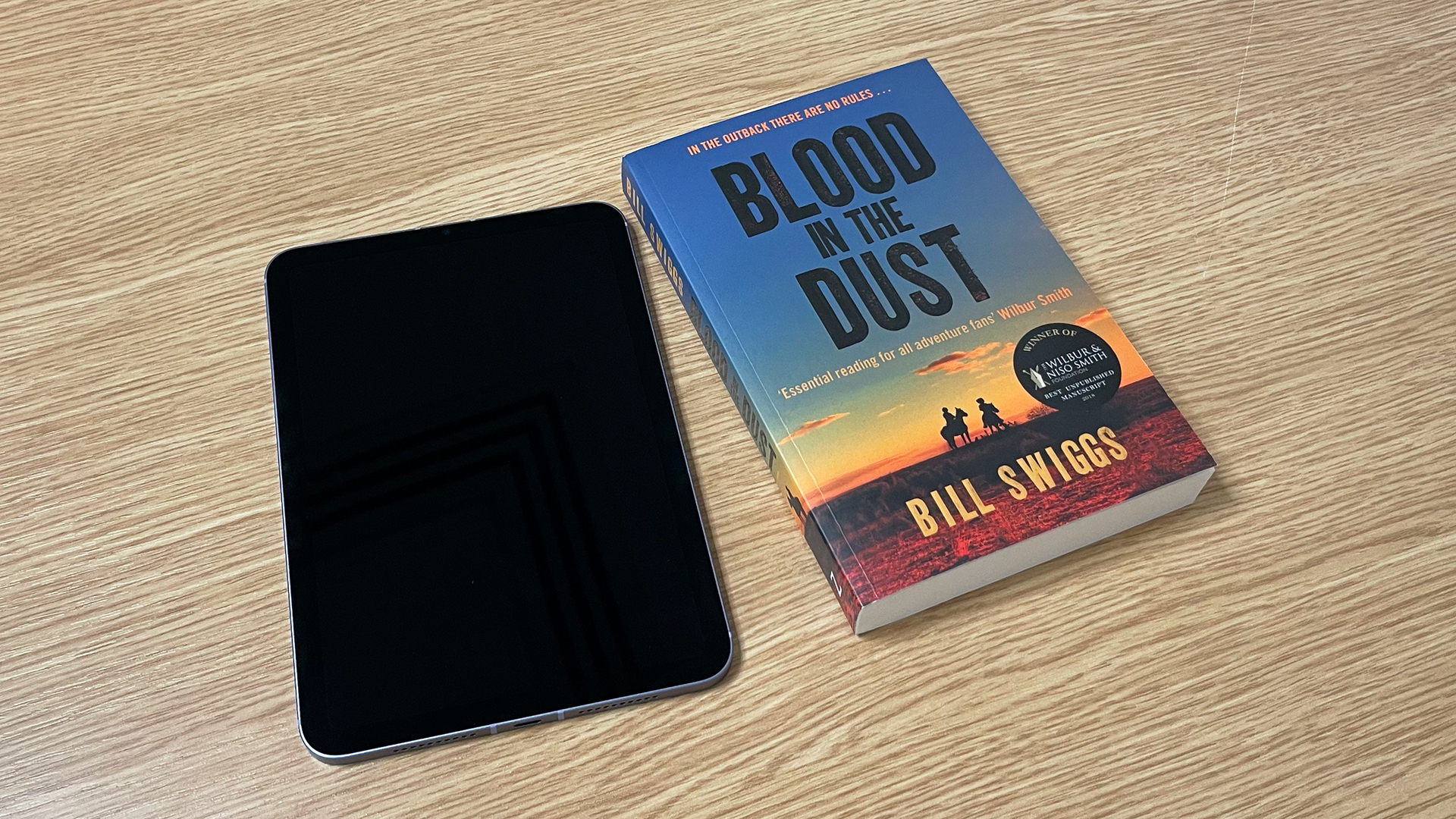
iPad mini (6th Gen): design
The design of the iPad mini is very familiar if you've seen the latest iPad Air, or indeed the iPad Pro. The screen is surrounded by a fairly slim bezel (though with enough empty space to hold it comfortable), and there are flat sides, all made from a single piece of aluminium.
The Touch ID fingerprint security has moved to the Sleep/Wake button, which works perfectly well and is rapid, but if you're used to an iPhone with Face ID, the fact that this is such a similar size with an identical Lock screen means that it can be hard to get used to the fact that this one needs a fingerprint.
Weighing under 300g, and smaller than an A4 notebook, the portability is really the super-power here. You can hold it for reading over long periods more comfortably than a larger iPad, and there's no wondering about whether carrying it around is worth the extra weight before you consider throwing it in your bag – it weighs nothing. Just take it with you!
iPad mini (6th Gen) review: should you buy it
The iPad mini is, in many ways, the ultimate creative device, because it's massively powerful, and you can take it with you anywhere, because it's so small and light. Sketch, edit, write, record, illustrate, upload… it can handle just about anything you throw at it.
The faults with the iPad mini (6th Gen) are largely situational. If you really want a 3.5mm jack, then it fails you. If you want the precision drawing that a 120Hz screen gives you, then it's no good. If the screen is too small, well, that's that.
But that is why Apple makes bigger iPads. If you need those things, buy one of the others. The dream that the iPad mini is selling is the power to never miss out on a surge of creativity because you didn't have the tools to hand, and it it absolutely nails that.
Related articles:

Thank you for reading 5 articles this month* Join now for unlimited access
Enjoy your first month for just £1 / $1 / €1
*Read 5 free articles per month without a subscription

Join now for unlimited access
Try first month for just £1 / $1 / €1
out of 10
The iPad mini (6th Gen) is a fantastic creative companion. It's powerful enough to handle pretty advanced creative work, yet fits in a coat pocket. Upgrades including a bigger screen and Apple Pencil 2 support only cement its place as a portable powerhouse. Of course, the screen will simply be too small for some people, but as a way to make sure you never miss out on the ability to create, wherever you are, it's unparalleled.
Matt is Managing Editor at TechRadar.com, and previously worked on T3, MacLife and MacFormat. He's been testing technology for over a decade, working in specialist Apple publications as well general technology and creative journalism, and has charted Apple’s ups and downs since his student days (but still hopes to hear “one more thing”). By day, you can find him covering TV, audio, smart home gear and more at T3.com, as Home Tech Editor. By night, he's probably updating or pairing or installing some new piece of technology in the quest for the perfect setup.
